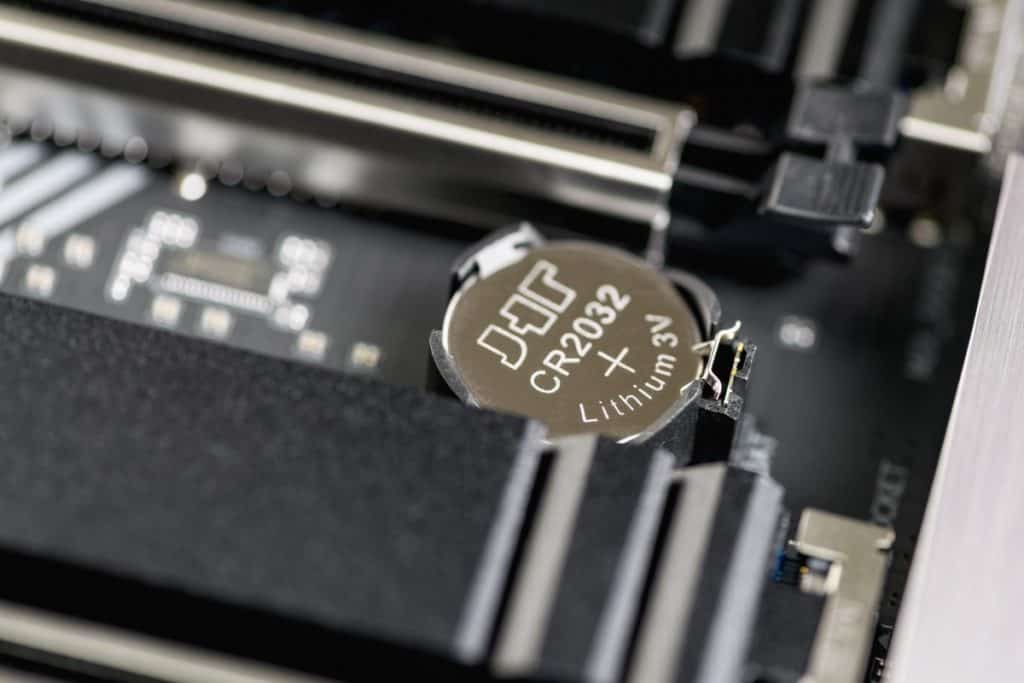BIOS, often referred to as the basic input or Output system, acts as the interface between the computer’s operating system and its hardware components. Most BIOS contain a set of instructions used to perform basic computer instructions, including how to set and reset passwords.
If you are reading this article, you have probably tried to reset the BIOS password on your Dell computer and failed. Dell’s BIOS passwords are set for security reasons. Luckily there are some ways you can exploit when setting a BIOS password in a DELL laptop.

BIOS Password Backdoor
It might be the easiest way to set up a password, but you must do it correctly. Most computer manufacturers, Dell inclusive, provide a fail-safe mechanism that shows a checksum of a password in the event where you have keyed in an incorrect password more than three times. Dell’s system will provide you with a ‘system disabled’ message with a number or a code below it. Using the BIOS-PW.org website will generate a generic set of passwords that matches your Dell laptop brand.
Most people refer to this as the simplest method for setting up a password; you simply have to turn off your Dell laptop and key in the generated password once it’s on. In case the disabled message worries you, then you shouldn’t let it get into your nerves- it’s just a scare tactic!
CMOS Battery
You are likely to find CMOS batteries on a Dell Laptop compared to a Dell desktop monitor.
One main reason why your laptop is likely to have this is that it acts as storage for the laptop’s BIOS settings in the event where you decide to change the password or the boot order.
To set up your Dell laptop password using this method, open the laptop panel and locate a circular silver battery. You should, however, always ensure that your laptop is completely off and unplugged from the power source. Removing the CMOS battery for approximately twenty minutes will help you reset the BIOS settings as well as the password once you turn on the laptop.

Third-Party Programs
A third-party program is a software program developed by a different company than the one developed in your computer’s operating system. If you are yet to set your BIOS password up to this point, you are probably unlucky. Perhaps you can try using a third-party program that suits your Dell Laptop that will help you decrypt the old password and afterward set a new password.
How Can I Reset My Dell Laptop BIOS Password?
As mentioned earlier, the BIOS contains a set of instructions that commands the computer system on how to perform some computer functions such as a password reset.
To reset your password, you should consider doing the following;
- Visit the Dell Manuals website.
- Browse and identify your laptop brand/ product – consider downloading and installing Support Assist from the website, which will help with the identification of your laptop.
- Go to the service manual section within the Manual and Documents section
- Move your cursor over the View PDF section.
- Follow the instructions explaining how to delete or change your laptop’s existing system setup password.
What Is the Default Password for Dell BIOS?
More often than, Dell users tend to forget their laptop’s administrative password. If you are a new owner of a Dell laptop, you are likely to find out that your computer has a default BIOS password. In most cases, the default password is ‘Dell.’
However, it’s important to note that default passwords can be changed whenever someone else has access to the same computer. Some users will change the default BIOS default password to something else to regulate their laptop usage.
So what happens when you forget your laptop’s default password? You are likely to find out that it’s difficult to recover your laptop’s default password if you have forgotten them yet set it up on the BIOS. Contacting the Dell Technical Support Team should, however, help you recover your Bios administrator password. You will be provided with a password release code which is based on a unique password prompt generated by your Dell laptop.
How Do I Enter BIOS on a Dell Laptop?
Before diving deep into this section, you should note that some Dell systems do not have a BIOS option. Therefore, you can access the UEFI settings.
To start up the UEFI/BIOS, without entering the windows, start by tapping on the F2 key on your laptop when powering on the Dell Laptop system. You are likely to see a Dell logo after some seconds. You may need to press on the F2 key when the keyboard LED’s flash.
An alternative way of entering the BIOS is through the control panel.
- Click on the ‘setting’ option, and a menu will appear.
- Choose ‘Update and Security.
- On the left-hand menu click on ‘Recovery.’
- Then click on ‘Restart now’ under the ‘Advanced start-up’ section
- Select Troubleshoot.
- Choose ‘Advanced options’ under the Troubleshoot section.
- Move your cursor over the UEFI Firmware settings and click on it.
- Finally, restart your Dell laptops system and enter BIOS.
How Do I Fix a Corrupted BIOS on a Dell Laptop?
Well, it’s safe to say that you can’t fix a corrupted BIOS without knowing the root cause of the problem. The most likely reason why your Dell laptop is likely to have a corrupted BIOS is due to a failed or interrupted BIOS update.
However, you shouldn’t be worried. Your laptop is likely to have a primary BIOS and a secondary BIOS, which still makes it possible for your laptop’s system to be bootable. In case you are wondering how important this is, you should be aware that to fix your corrupted BIOS on your Dell laptop. You should first be able to boot into your operating system.
You can fix your laptop’s corrupted BIOS using a ‘Hot Flash’ method. Below is a step-by-step guide.
- First, download the latest BIOS. You can check Dell’s manufacturer’s website for the latest BIOS.
- Switch back to the primary position when your Dell laptop system is running.
- Proceed to extract and run the downloaded BIOS files, and be sure not to interrupt the update process. Your laptop Operating System is likely to restart once the update is done.
By following the above steps, you are likely to fix your laptop’s corrupted BIOS. That’s it! Feel free to use the tips mentioned in this article and visit Dell’s website for more information.
